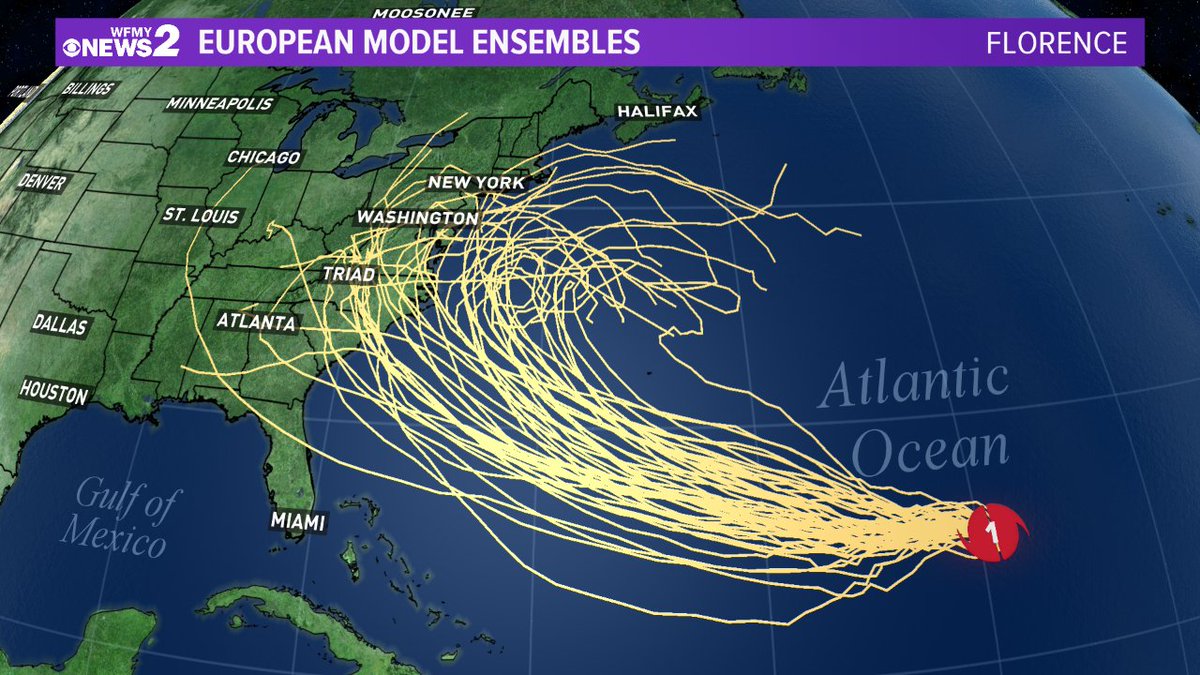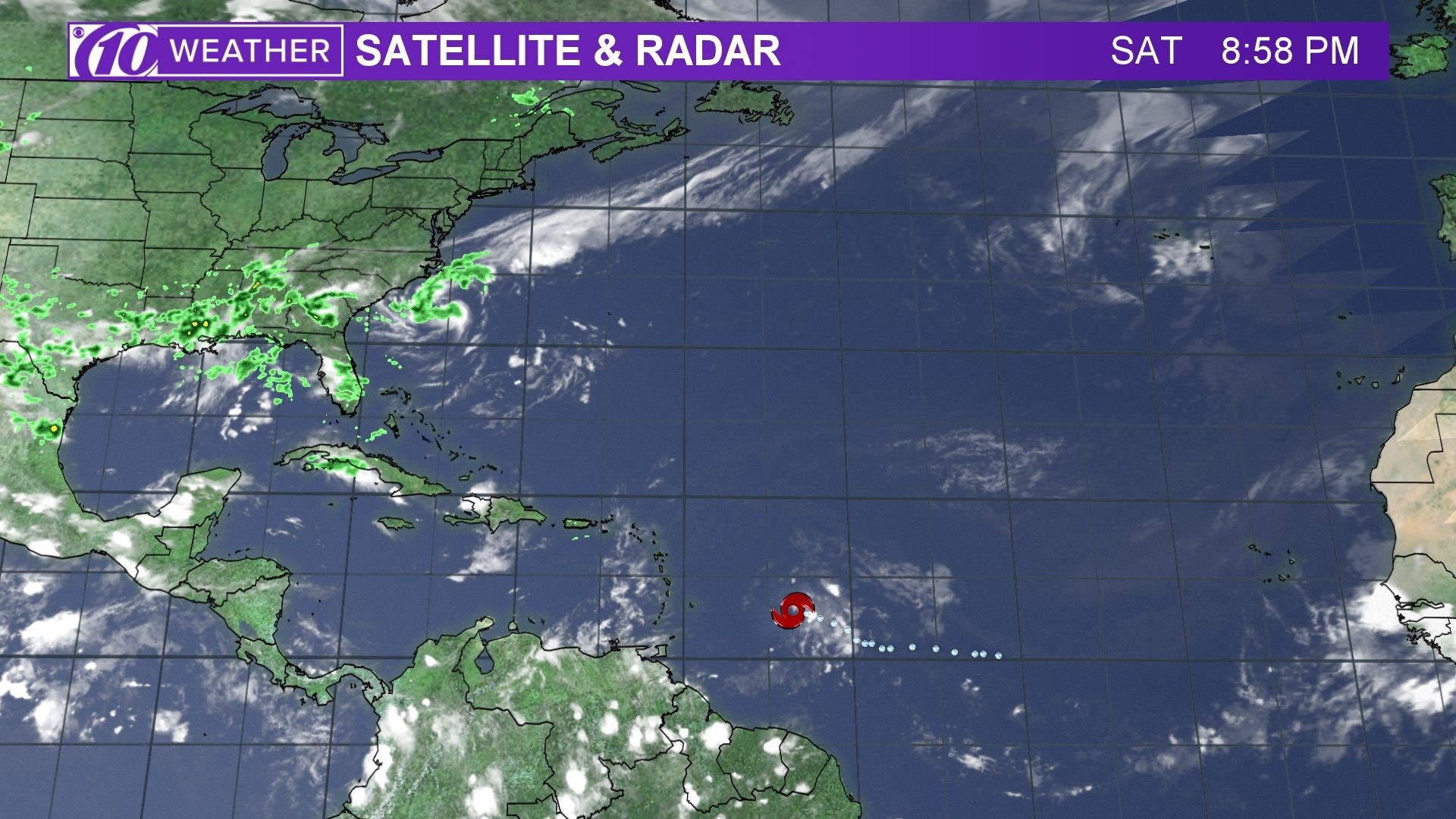Understanding Hurricane Beryl Spaghetti Models

Hurricane beryl spaghetti models – Spaghetti models are a type of hurricane forecast that show the possible paths a hurricane could take. They are created by running computer simulations of the hurricane’s movement, taking into account factors such as the wind speed, atmospheric pressure, and ocean currents. Spaghetti models are used by meteorologists to help them predict where a hurricane is likely to go and how strong it will be.
Hurricane Beryl spaghetti models predict its path and intensity. For the latest updates, check the national hurricane center beryl. These models help us prepare for the storm’s potential impact. Stay informed and follow the guidance of local officials.
There are different types of spaghetti models, each with its own strengths and limitations. Some models are better at predicting the short-term movement of a hurricane, while others are better at predicting the long-term movement. Some models are also better at predicting the intensity of a hurricane, while others are better at predicting its size.
To interpret spaghetti models, it is important to understand that they are not perfect. They are only a prediction of what could happen, and there is always some uncertainty involved. However, spaghetti models can be a valuable tool for meteorologists, and they can help them to make better predictions about the path and intensity of hurricanes.
The hurricane beryl spaghetti models provide multiple possible paths for the storm, including a potential track towards Florida. For the latest updates on hurricane beryl florida , visit our website. The spaghetti models are an important tool for tracking the potential path of a hurricane, and they can help residents prepare for the storm’s impact.
Types of Spaghetti Models
- Ensemble models are created by running multiple computer simulations of a hurricane’s movement. Each simulation uses slightly different initial conditions, and the results of all the simulations are combined to create a single forecast.
- Deterministic models are created by running a single computer simulation of a hurricane’s movement. The results of the simulation are not combined with any other simulations, so the forecast is based on a single set of initial conditions.
- Statistical models are created using historical data on hurricane movements. The model uses this data to create a probability distribution of possible hurricane paths.
Strengths and Limitations of Spaghetti Models
- Strengths
- Spaghetti models can provide valuable information about the possible path and intensity of a hurricane.
- Spaghetti models can help meteorologists to make better predictions about the impact of a hurricane.
- Spaghetti models can be used to create evacuation plans and other emergency preparedness measures.
- Limitations
- Spaghetti models are not perfect and there is always some uncertainty involved.
- Spaghetti models can be sensitive to changes in the initial conditions, so a small change in the initial conditions can lead to a large change in the forecast.
- Spaghetti models can be computationally expensive to run, so they are not always available in real time.
Using Spaghetti Models to Analyze Hurricane Beryl

Spaghetti models are a useful tool for analyzing the potential tracks and intensities of hurricanes. By gathering and organizing the data from these models, we can gain a better understanding of the possible impacts of the hurricane and make more informed decisions about how to prepare.
Gathering and Organizing Spaghetti Model Data
The first step in using spaghetti models to analyze a hurricane is to gather and organize the data. This data can be found from a variety of sources, including the National Hurricane Center and private weather companies. Once the data has been gathered, it should be organized in a way that makes it easy to compare and contrast the different models.
Analyzing the Models to Identify Potential Hurricane Tracks and Intensities
Once the spaghetti model data has been organized, it can be analyzed to identify potential hurricane tracks and intensities. This is done by looking at the different models and seeing where they agree and disagree. The areas where the models agree are more likely to be the actual track of the hurricane, while the areas where they disagree are more uncertain.
Discussing the Uncertainties and Potential Impacts of the Hurricane Based on the Model Data
Once the potential hurricane tracks and intensities have been identified, it is important to discuss the uncertainties and potential impacts of the hurricane. This information can be used to make decisions about how to prepare for the hurricane and how to respond if it does make landfall.
Communicating Hurricane Beryl Forecast Information: Hurricane Beryl Spaghetti Models

Effective communication is vital in ensuring the public is well-informed and prepared for Hurricane Beryl. This involves designing accessible and informative materials, utilizing various channels for dissemination, and addressing potential concerns and misinformation.
To present spaghetti model data and hurricane forecasts in a user-friendly manner, consider creating an infographic or table. These visual aids can effectively convey complex information, allowing individuals to quickly grasp the predicted paths and potential impacts of the hurricane.
Infographic or Table, Hurricane beryl spaghetti models
The infographic or table should include the following key elements:
- Spaghetti model plots showing the range of possible hurricane tracks
- Official hurricane forecasts from reputable sources
- Key forecast parameters such as wind speed, storm surge, and rainfall
- Clear and concise explanations of the data and its implications